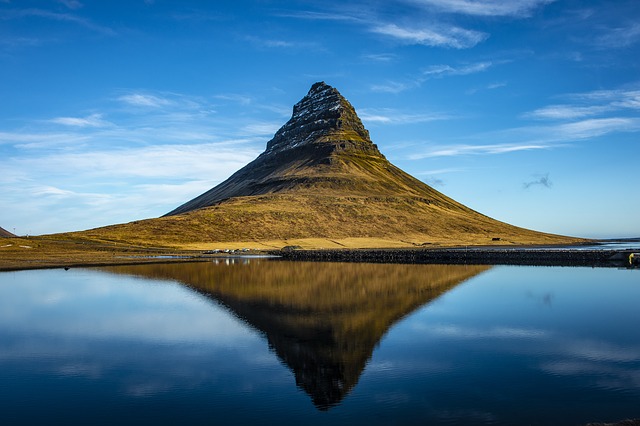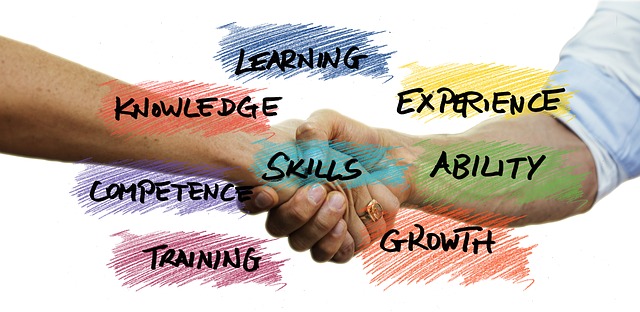Tina Turner argues in her book, Happiness Becomes You: A Guide to Changing Your Life for Good, that a transformation or total revolution of mind and heart takes considerable energy and courage. It is clear that her own transformation was powered by the vibrational energy of her chanting. What is not so clear is that she was able to reframe her life through the insight and mindset gained through her research of Buddhism, particularly Nichiren Buddhism.
Tina asserted that if we never challenge our comfort zone or have it challenged through our life circumstances, we will not be able to realise our potential. In her view, in challenge there is real learning and strength – a mindset that sees challenges as opportunities for insight, growth and development of resilience.
Tina challenged her own comfort zone by working with songs that she initially did not like and searching for some meaning in them that she could explore and express. One such song, What’s Love Got to Do With It, became an international hit – like many other successful songs that she initially did not like, but pushed past her initial reaction to challenge herself.
And so it is with us, if we hold back or procrastinate, we can deprive ourself of realising some element of our potential and our capacity to help others. Our example alone of pushing through the comfort barrier can assist others who are struggling to achieve something important in their lives. Tina argues that we can’t wait until we are fully confident of success (with no chance of failure) before we act – life is too short for such procrastination.
Our inherent connectedness
Tina maintains that an essential element in the growth of consciousness is the realisation, both conceptually and energetically, that we are connected to every other person and every living thing through our reliance on and contribution to the flow of universal energy. She quotes Matin Luther King Jr. who puts this reality very simply by saying that we all belong to an “inescapable network of mutuality”.
Tina points out that in this interconnected reality, there is no room for racism, ageism, sexism, or any other divisive discrimination. In her view, we are like the dots in a Pointillism painting where coloured dots form a pattern that the eye can discern as an integrated image. Georges Seurat, an early proponent of this approach, maintains that “unifying diverse colors in this way made his art more brilliant”. Tina used this analogy to express our interconnectedness because it “honours each colour, each dot, its distinct characteristics”.
Tina was very conscious that every person has “great worth” and “inherent potential” that can be progressively released over a lifetime (as she has shown in her own life). Recognition of the rich tapestry of difference makes our world an absorbing place to be. This diversity of perspectives throws light on the unfathomable depth of our inner landscape, the pervasiveness of energy and its many forms and the infinite reach of our universe – undeniable grounds for wonder and awe.
In acknowledgement of our inherent connectedness, many Nichiren Buddhists, in this day and age, have engagement and social activism “as a vital part of their practice”. This is particularly true of Tina who has co-founded and contributed to the Beyond Music Project designed to “celebrate unity in its cultural diversity” through music.
Nichiren Buddhism and science
In her book, Tina explains how she developed her understanding of, and commitment to, Nichiren Buddhism. She does not attempt to explain the science of Buddhism nor the neuroscience confirmation of its benefits but describes how it has transformed her heart and mind and underpinned her success in life.
However, Susanne Matsudo-Killani and Yukio Matsudo, in their book, Transform your Energy – Change your life! : Nichiren Buddhism 3.0, draw on the metaphorical language of Nichiren to explore the links between his approach and that of quantum physics and bio-feedback which effectively “integrate energy and consciousness” in their explanations of nature and human reality. As scientists begin to explore Meditation, Buddhism and Science, they are beginning to realise that these different worldviews are complementary and enrich each other.
Reflection
Tina has demonstrated that if we push our perceived personal boundaries, we can realise higher levels of awareness, consciousness, and achievement – we can actualize our hidden potential. Buddhist practices enable us to tap into the universal energy that is within and around us.
As we grow in mindfulness through meditation, chanting and exploration of different worldviews, we can open our horizons, transform our hearts and minds, and make a real difference in our world.
_________________________________
Image by Hamsterfreund from Pixabay
By Ron Passfield – Copyright (Creative Commons license, Attribution–Non Commercial–No Derivatives)
Disclosure: If you purchase a product through this site, I may earn a commission which will help to pay for the site, the associated Meetup group and the resources to support the blog.




